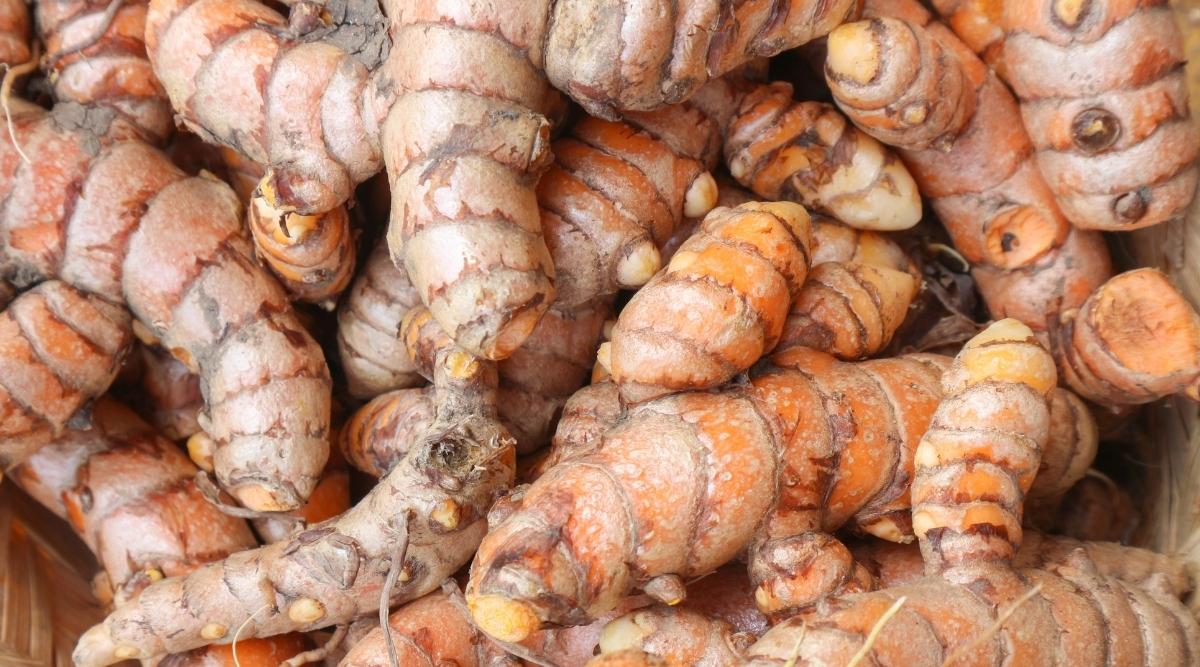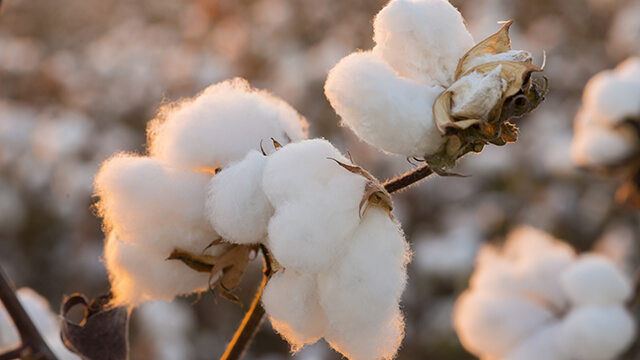Prices for Jeera dropped by -0.64%, ultimately settling at 23,315 due to several variables affecting the dynamics of supply and demand in the market. Prices were affected by the notable rise in jeera acreage during the current rabi season, which in important producing states like Gujarat and Rajasthan reached a four-year high.
Due largely to record prices seen in the previous marketing season, farmers increased the area under cultivation, underscoring the strong relationship between market prices and acreage. Weather threats in Rajasthan and Gujarat were beginning to emerge, which might negatively impact yields and support jeera prices. Concerns about fusarium wilt, insect infestations, and issues like less access to water and fewer cold days contributed to supply-side worries.
The world’s demand for Indian jeera fell, despite expectations of a possibly bountiful harvest in India, as consumers chose Turkey and Syria over India because of India’s relatively higher prices. Between April and January of 2024, jeera exports had a sharp decrease of 25.33% when compared to the same time the previous year.
Nonetheless, exports increased marginally in January 2024 as compared to December 2023, but they were still lower than in January 2023. The decrease in exports can be attributed to the mild demand for jeera on the international market, which is being supplied in large quantities by other major producers such as China, Egypt, and Syria.

